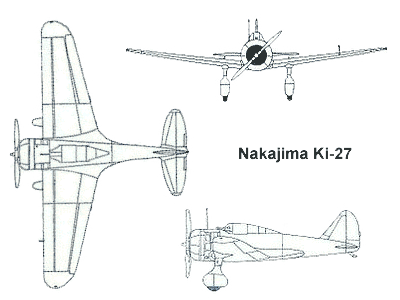The Nakajima Ki-27 (Type 97 Fighter, Allied designation: 'Nate' or 'Abdul' in the CBI (China Burma India theatre) ) was the first monoplane fighter to enter service with the Japanese Army Air Force, and was still numerically the most important fighter in Army service in December 1941. When placed into combat service over northern China in March 1938, the Ki-27 enjoyed air superiority until the introduction of the faster Soviet-built Polikarpov I-16 fighters by the Chinese.
Development
In June 1935 the Japanese Army issued the specifications for a new generation of fighter aircraft. Nakajima, Kawasaki and Mitsubishi were each asked to submit two prototypes of a fighter aircraft with equal or better performance than any fighter known to be under development overseas. The design came out of a failed bid by Nakajima to fill an Army requirement in 1934. Nakajima decided to take their data from the competition and design an advanced monoplane fighter as a private venture. The prototype first flew on 15 October 1936 and did well in competitive Army trials. The Ki-27 was designed by Koyama Yasushi to have an air-cooled radial engine and fixed landing gear and the Nakajima wing with a straight leading edge and tapered trailing edge. Although it had a slower top speed and worse climb performance than its competitors, the Army chose the Nakajima design for its outstanding turning ability granted by its remarkably low wing loading. The preference of Japanese fighter pilots for the Ki-27's high rate of turn caused the Army to focus excessively on manoeuvrability, a decision which later handicapped the development of faster and more heavily armed fighters. The Army ordered 10 pre-production samples (Ki-27a) for further testing, which featured an enclosed cockpit with sliding canopy and larger wings. On 28 December 1937 the Ki-27 was ordered into production as the Army Type 97 Fighter.
Operational History
The Ki-27 entered service with the 59th Sentai, on 1 July 1938 at Kagamigahara, Japan. It was followed by the 77th Sentai at Nanking on 27 July and the 64th Sentai in Manchuria and the 33rd Sentai at Kyoju in China on 1 August, and by an increasingly large number of units after that. The Ki-27 saw combat against both the Chinese and Soviet Air Forces. The first border clash with the Soviets came in the summer of 1938 and saw small scale losses and large scale claims on both sides. It was followed in May 1939 by a more serious conflict, on the border between Outer Mongolia and the Japanese puppet stake of Manchukuo. In the initial phase of the conflict, its performance was a match for the early model I-16s, and was considerably superior to the I-153 biplane. With better trained Ki-27 pilots, the Imperial Japanese Army Air Service (IJAAS) gained aerial superiority. Japanese losses numbered 120 (including Ki-10s) while the Russians claimed 215 vs. a peak Japanese strength of 200 fighters. This was 'incident' was referred to as the 'Nomonhan Incident' or 'Khalkin Gol'.
Back to Top
The Ki-27 served until the beginning of World War II in the Pacific, escorting bombers attacking Malaya, Singapore, Netherlands East Indies, Burma and the Philippines. Events in Burma were a little different. There the Allies started with RAF F2A 'Buffaloes' and Curtiss P-40Cs of the American Volunteer Group. They were eventually joined by a small number of Hurricanes, but the Allies were outnumbered by at least five-to-one. Despite this the Allied pilots were able to more than hold their own against the Ki-27, which was soon found to be very vulnerable to battle damage. The Ki-27 was phased out of front line service after the initial Japanese victories and was replaced by the Nakajima Ki-43, Nakajima Ki-44 and later the Kawasaki Ki-61.
Though possibly the most maneuverable fighter ever built, the Ki-27 was not particularly fast, was grossly undergunned, and was as fragile as most other Japanese fighters. The aircraft was relegated to second-line and training duty as quickly as it could be replaced by better designs, such as the Ki-43, but production continued in Manchuria for the puppet air force. In the final months of the war, a desperate lack of aircraft forced the Japanese to utilize all available machines and the Ki-27 was no exception. Some were equipped with up to 500 kg (1,100 lb) of explosives for kamikaze attacks, where they became one of the most widely used kamikaze aircraft. Some were redeployed as fighters, but they suffered terrible losses in action. In addition to Nakajima, the Ki-27 was also manufactured by Tachikawa Aircraft Company Ltd and Manshukoku Hikoki Seizo KK, with a total of 3,368 built before production ended in 1942.
Back to Top
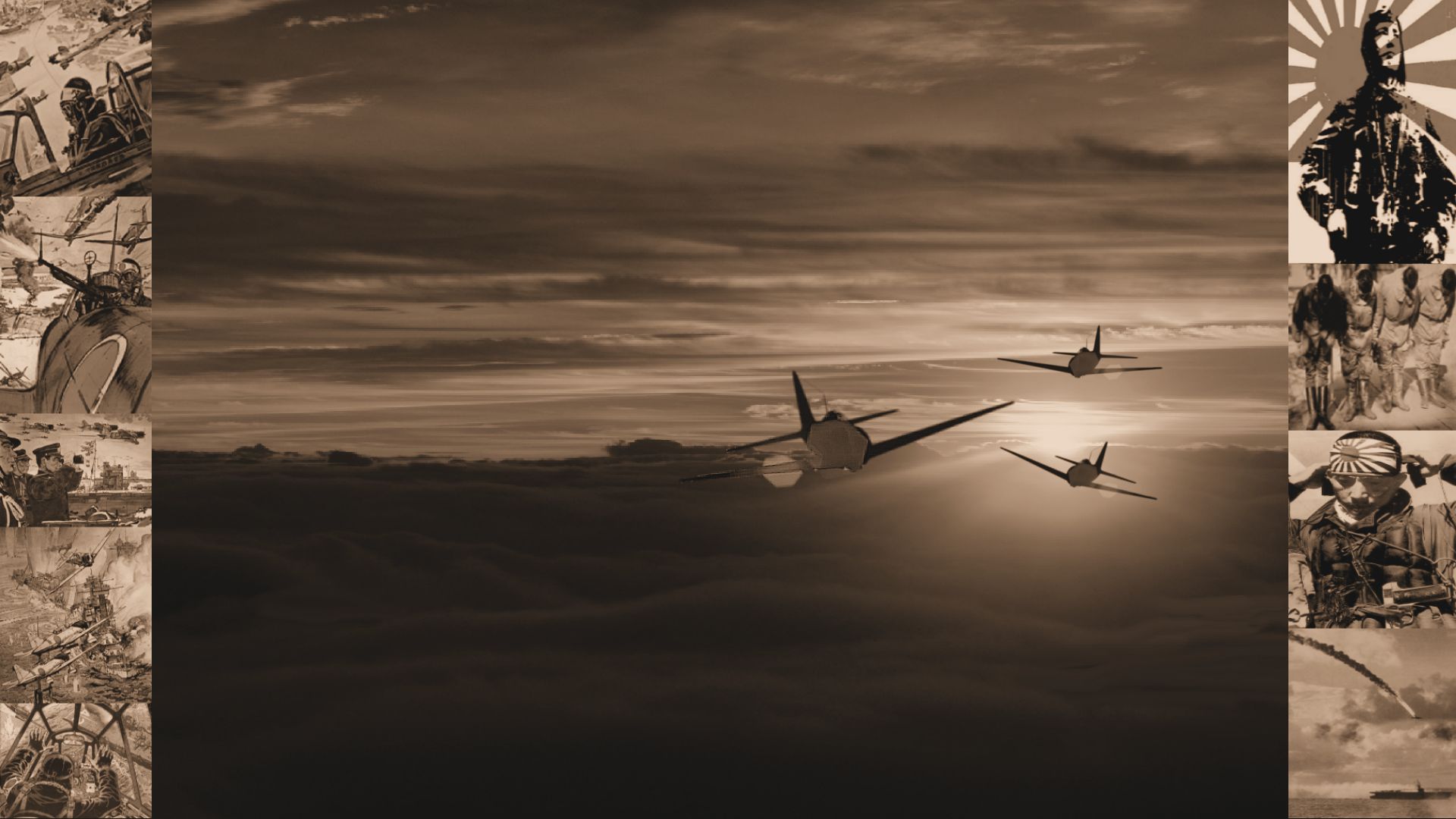



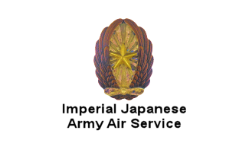
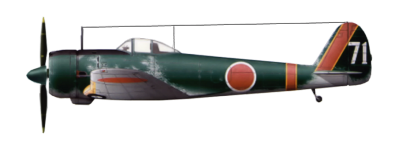 Ki-43 Hayabusa
Ki-43 Hayabusa Ki-44 Shoki
Ki-44 Shoki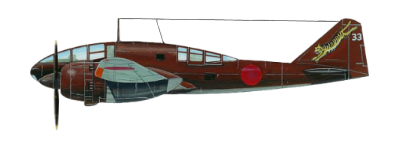 Ki-46
Ki-46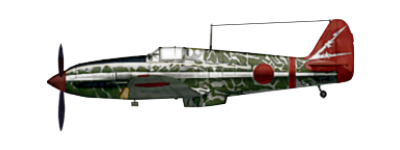 Ki-61 Hien
Ki-61 Hien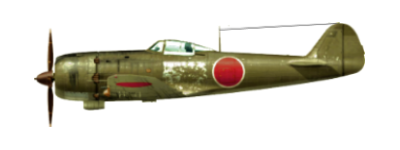 Ki-84 Hayate
Ki-84 Hayate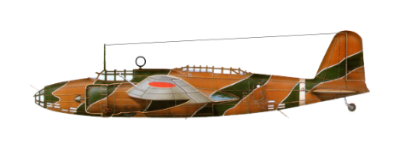 Ki-21
Ki-21 Ki-67 Hiryu
Ki-67 Hiryu
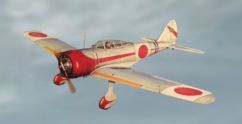

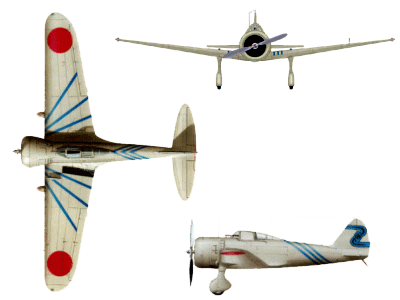
 Nakajima Ki-27
Nakajima Ki-27